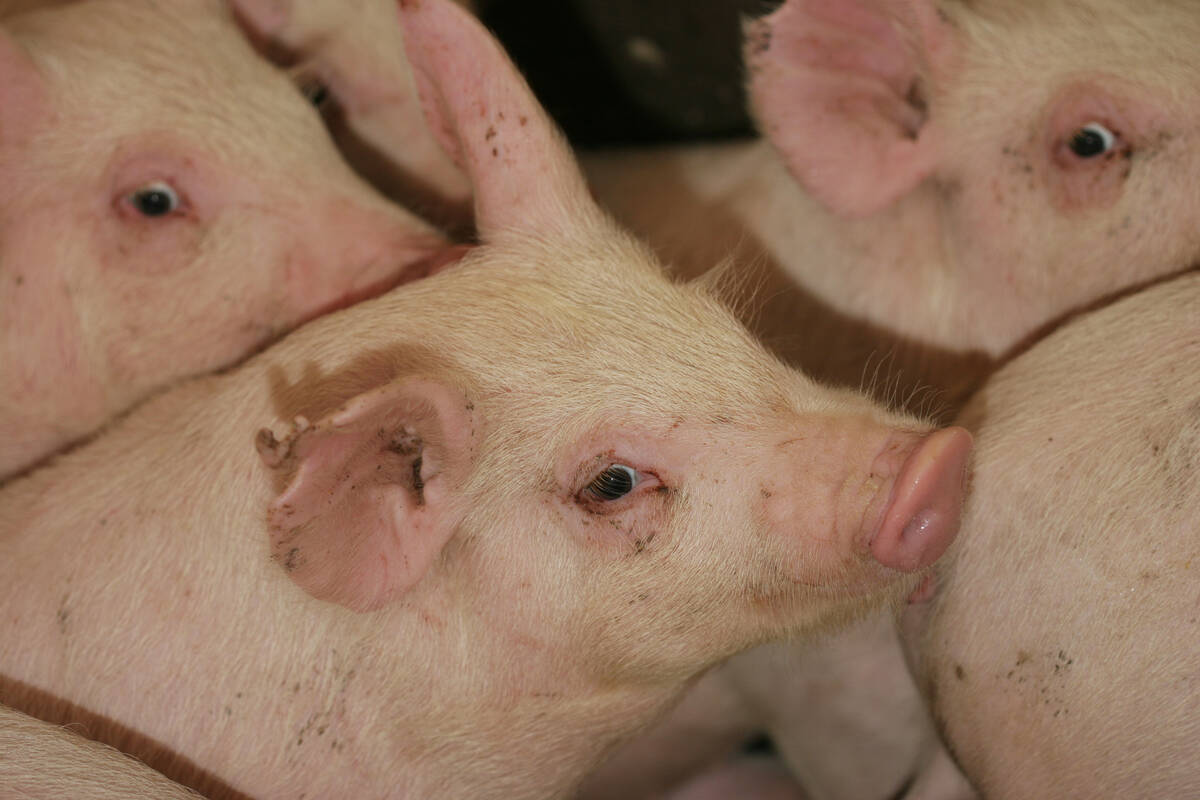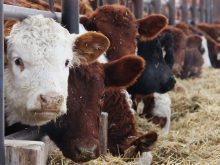Francis Gardner says his ranch is nothing special but his colleagues probably wouldn’t agree.
The century-old Mount Sentinel ranch in the southern Alberta foothills is an example of varied and well-maintained ecology of short grass prairie that stretches up to the spruce line in Kananaskis Country.
He and his family managed the ranch well enough to become the first recipients of the Alberta Cattle Commission Environmental Stewardship award three years ago.
The Meinsinger and Stinson Creeks cross the Gardner place and have been running clear for 100 years.
Read Also

The Western Producer Livestock Report – September 25, 2025
The U.S. national live price average for barrows and gilts was $81.21 Sept. 17. It was $78.37 Sept. 9. U.S. hogs averaged $106.71 on a carcass basis Sept. 17, up from $106.10 Sept. 9.
The family maintains riparian health by using the areas close to the creeks as holding pastures where cattle are provided with supplemental feed, localized grazing pressure and easy access to water for short periods.
They then are moved on to another site so they don’t stress the area.
Gardner sees the need for environmental management beyond his ranch boundaries.
“Our focus is going to have to be on a watershed basis,” he said. “People who live along the creek are going to have to see it as an entity that needs to be maintained.”
The Gardners can manage what happens on their land, but there are trouble spots upstream and down, caused by other ranches, logging or urban development.
Part of the problem in maintaining a healthy stream is how the Prairies were surveyed in square blocks rather than along natural boundaries.
“I don’t think we’re entitled to divide these biologically similar areas or watersheds because of survey lines,” he said. “We have to start taking these creeks into account.”
Gardner said he didn’t know what the word ‘riparian’ meant five years ago. Now, he and hundreds of others across the West are attempting to right past wrongs.
“The future of this whole country is riparian pastures where we can control the grazing along the riparian zones,” he said. “I think the ranchers will step behind it.”
One drawback may be the expense of fence building to protect particularly fragile areas from livestock or urban development.
Compensation is needed to help people fence off the areas to protect biodiversity, he said
Gardner credits his fellow ranchers for doing a good job in keeping the area as pristine as it is.
“Most of these fellows have a 100 year vision in mind,” he said.
As part of the Cows and Fish program, the Mount Sentinel ranch is one of a dozen demonstration sites in the southwest that shows what can be done with proper management.
The demonstrations started in 1993 in co-operation with the landowners.
The areas are mapped and range management practices documented along with plant and soil surveys. Fish inventories also were measured.
Startling examples of erosion on water courses prompted the Waldron Ranch to join the program and repair what years of mismanagement had done.
The Waldron is a 54,000 acre spread owned by about 80 shareholders.
A major highway cuts through the ranch, taking tourists to the Crowsnest Pass in the Rocky Mountains. What many saw as they sped by was the eyesore of Calum Creek with its muddy banks and brackish water.
The shareholders agreed to try new grazing strategies in 1989 to bring back the water and the grass.
Instead of season-long use in one field, pastures were split into smaller plots along natural boundaries.
Grazing periods were reduced to a month per section. It keeps the cattle from eating the grass down to the ground and the creek was able to sustain new plant growth.
The results have been dramatic. Where grass was barely ankle deep a couple years ago, it now reaches hip height in a season.
The creek already shows signs of returning to a deep channel with well-grassed banks and the beginnings of willow saplings taking root.















